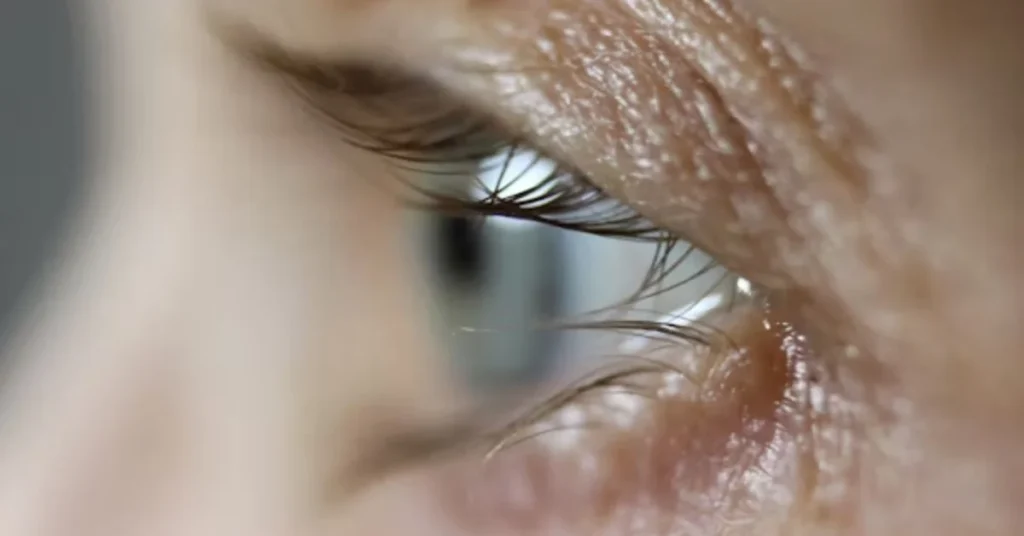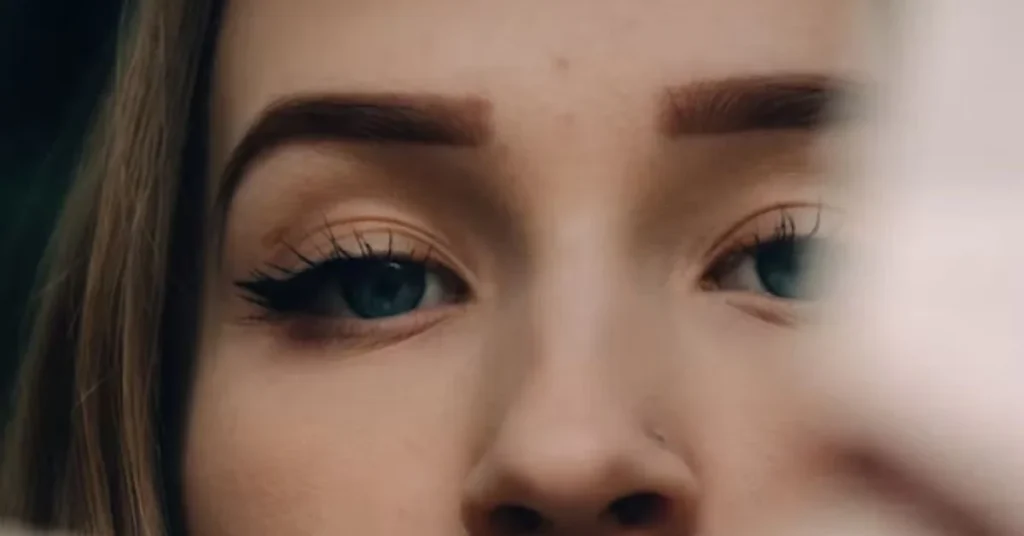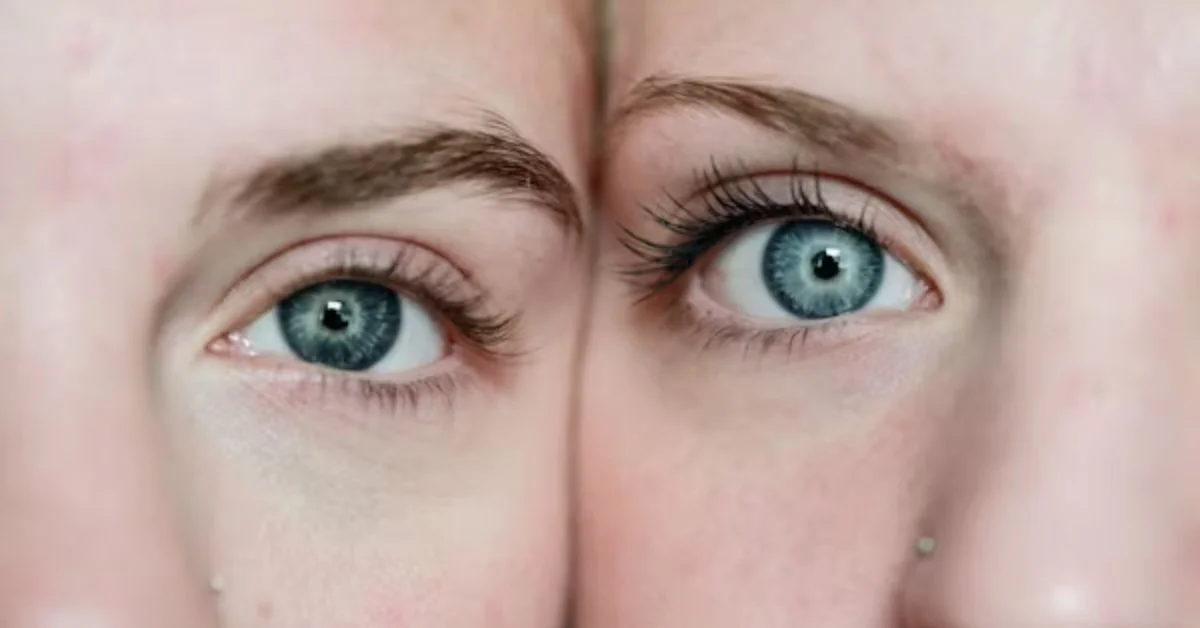Eyelashes have always been considered a symbol of beauty, femininity, and expression. From ancient civilizations that used kohl to enhance their eyes to today’s modern mascara, lash lifts, and extensions, humans have been fascinated by the power of eyelashes. Alongside this fascination comes a wide range of myths and beliefs about what can make eyelashes longer and fuller. One of the most popular and long-debated myths is the idea that crying makes your eyelashes grow longer.
At first glance, the idea may sound believable. After all, tears contain essential nutrients, and crying is often associated with emotional release, relaxation, and even improved circulation. Some believe that because tears lubricate the eyes and lashes, they could stimulate lash growth. Others, however, dismiss it as a beauty myth with no scientific backing. So, which is it? Does crying actually make your eyelashes longer, or is this just another piece of folklore passed down through generations?
This article takes a comprehensive look at this question. We’ll explore the anatomy of eyelashes, the science of tears, the myths versus facts, potential indirect benefits of crying, and healthier ways to support lash growth naturally. By the end, you’ll have a clear, evidence-based understanding of whether crying really affects the length of your lashes—or if it’s time to rely on more practical approaches.
Anatomy of Eyelashes
Before we explore the relationship between crying and eyelash growth, it’s important to understand the anatomy of eyelashes themselves. Eyelashes are not just tiny hairs framing your eyes for beauty; they serve vital protective roles.
- Structure of Eyelashes
Eyelashes are composed of keratin, the same protein found in hair and nails. Each lash is anchored to the eyelid through a follicle. The follicle includes a sebaceous gland called the Zeis gland and a modified sweat gland known as the Moll gland. These glands provide lubrication to the lashes and eyelids. - Growth Cycle of Eyelashes
Like scalp hair, eyelashes grow in a cycle consisting of three phases: PhaseDescriptionDurationAnagen (Growth Phase)The lash actively grows from the follicle.30–45 daysCatagen (Transition Phase)Growth stops, follicle shrinks.2–3 weeksTelogen (Resting Phase)Lash eventually falls out, making way for a new one.~100 days The average person has 70–150 upper lashes and 60–80 lower lashes, with each lash following its own growth cycle. - Average Length of Eyelashes
Natural lashes typically grow to around 7–12 mm on the upper lid and about 6–8 mm on the lower lid. Genetics, health, and external factors such as nutrition and stress play roles in determining lash health and length.
Science of Tears: Eyelashes Longer
To understand whether crying impacts lashes, we must explore the science of tears. Tears are not just salty water; they are a complex mixture of substances designed to protect and maintain eye health.
- Types of Tears
Tears are divided into three main categories: TypeFunctionCompositionBasal TearsConstantly lubricate and protect the eyes.Water, oil, mucus, proteins, antibacterial agentsReflex TearsProduced in response to irritants (onions, dust, smoke).Higher water content, flush out toxinsEmotional TearsTriggered by strong emotions such as sadness or joy.Contain stress hormones and endorphins - Nutritional Value of Tears
Tears contain electrolytes (sodium, potassium, chloride), proteins, and enzymes such as lysozyme, which fight infection. Emotional tears also contain stress-related hormones like ACTH and prolactin, which are thought to provide emotional relief. - Tears and Eyelash Contact
Tears run over the lashes when you cry, coating them with fluid. Some believe this hydration could strengthen lashes, but scientifically, keratinized hair fibers like eyelashes do not absorb moisture deeply enough to alter growth patterns.

Myth vs. Reality: Does Crying Make Your Eyelashes Longer?
The claim that crying makes eyelashes longer largely falls into the category of beauty myths. While crying does hydrate lashes temporarily and may give them a glossier appearance, it does not stimulate growth in any direct or measurable way.
- Why People Believe It
- After crying, eyes often appear brighter, lashes clump together, and mascara smudges can create the illusion of thickness.
- Emotional crying leads to increased blood circulation to the face, which some assume supports lash follicles.
- Tears make lashes appear shinier, which may be mistaken for new growth.
- Scientific Evidence
No scientific research has established a link between crying and eyelash growth. Hair growth is regulated by genetics, hormones, and the lash growth cycle—not by external tear exposure. - The Verdict
Crying does not make your eyelashes longer. However, there may be indirect psychological and physiological benefits of crying that could positively influence overall health, which in turn might support hair health generally.
Indirect Benefits of Crying That May Influence Lash Health
Although crying itself doesn’t lengthen eyelashes, it does provide certain health benefits that could indirectly support the body’s ability to maintain healthy lashes.
- Stress Reduction
Crying releases stress hormones through emotional tears. Chronic stress can contribute to hair loss, including thinning lashes. Reducing stress helps prevent follicle damage and promotes healthy growth cycles. - Improved Mood
Crying triggers the release of endorphins, the body’s “feel-good” chemicals. Better emotional health is often associated with improved skin and hair health because stress hormones are kept in check. - Detoxification
Emotional tears contain stress-induced toxins. Releasing them helps restore hormonal balance, which can indirectly benefit hair follicles across the body, including those of the eyelashes.
Natural Ways to Support Eyelash Growth
Since crying is not the magic answer, let’s look at evidence-based ways to naturally encourage healthy lash growth.
1. Proper Nutrition
Nutrients play a key role in hair growth.
| Nutrient | Function | Sources |
|---|---|---|
| Biotin (Vitamin B7) | Strengthens keratin structure | Eggs, nuts, seeds |
| Vitamin E | Antioxidant that supports follicles | Almonds, sunflower seeds |
| Omega-3 Fatty Acids | Reduce inflammation, promote growth | Fish, chia seeds |
| Protein | Builds keratin, the main lash component | Meat, legumes, tofu |
2. Good Eyelid Hygiene
Cleaning eyelids removes dirt, oil, and bacteria that can clog follicles.
3. Natural Oils
Applying castor oil, coconut oil, or vitamin E oil to lashes can moisturize and protect them, though scientific evidence on growth stimulation is mixed.
4. Avoiding Harsh Makeup Practices
Excessive use of mascara, eyelash curlers, or extensions can weaken lashes. Gentle makeup removal is essential.
5. Lash Serums
Serums containing peptides or prostaglandin analogs (like bimatoprost, used in Latisse) are scientifically proven to lengthen lashes.
Emotional Perceptions: Why People Tie Beauty to Crying
Cultural and psychological factors may also explain why the idea of crying making lashes longer has persisted.
- Romanticized Beauty
In literature and film, crying heroines are often depicted with long, dark lashes wet with tears, reinforcing the association. - Temporary Effects
Swollen eyes and wet lashes after crying sometimes create a dramatic appearance that looks more striking, even if it’s only temporary. - Emotional Connection
People often feel more introspective and sensitive after crying. Associating this vulnerability with enhanced beauty may stem from societal ideals.

Common Myths About Eyelash Growth
| Myth | Reality |
|---|---|
| Crying makes lashes longer. | No scientific basis. |
| Cutting eyelashes makes them grow back thicker. | False; regrowth matches genetics. |
| Vaseline grows lashes. | It conditions but doesn’t stimulate follicles. |
| Mascara damages lashes permanently. | Overuse may weaken lashes, but not permanently if used properly. |
| Eyelash perming and extensions improve growth. | These are cosmetic, not biological solutions. |
Conclusion: Eyelashes Longer
The belief that crying makes your eyelashes longer is more myth than reality. While tears do provide hydration and temporary gloss to lashes, they do not directly stimulate growth. Eyelash growth depends on genetics, nutrition, follicle health, and overall well-being. However, crying does offer psychological and physiological benefits, such as reducing stress and releasing toxins, which indirectly support overall hair health.
For those seeking longer, healthier lashes, focusing on balanced nutrition, lash-friendly care routines, and proven serums is far more effective than relying on myths. Still, crying has its own important role in emotional health, so while it may not give you dramatic lashes, it can certainly contribute to a healthier mind and body.
FAQs: Eyelashes Longer
1. Does crying make your eyelashes grow faster?
No, crying does not accelerate lash growth. Growth speed is determined by your lash cycle and genetics.
2. Can tears nourish eyelashes?
Tears contain electrolytes and proteins that coat lashes temporarily but do not penetrate deeply enough to affect growth.
3. Why do lashes look longer after crying?
Wet lashes clump together and appear shinier, which can create an illusion of thickness and length.
4. What really works for eyelash growth?
Proven methods include using lash serums, maintaining good nutrition, and avoiding lash-damaging practices.
5. Is crying good for overall beauty?
Indirectly, yes. Crying reduces stress and releases endorphins, which can improve skin and overall health, but not directly lash length.
For more information, click here.









